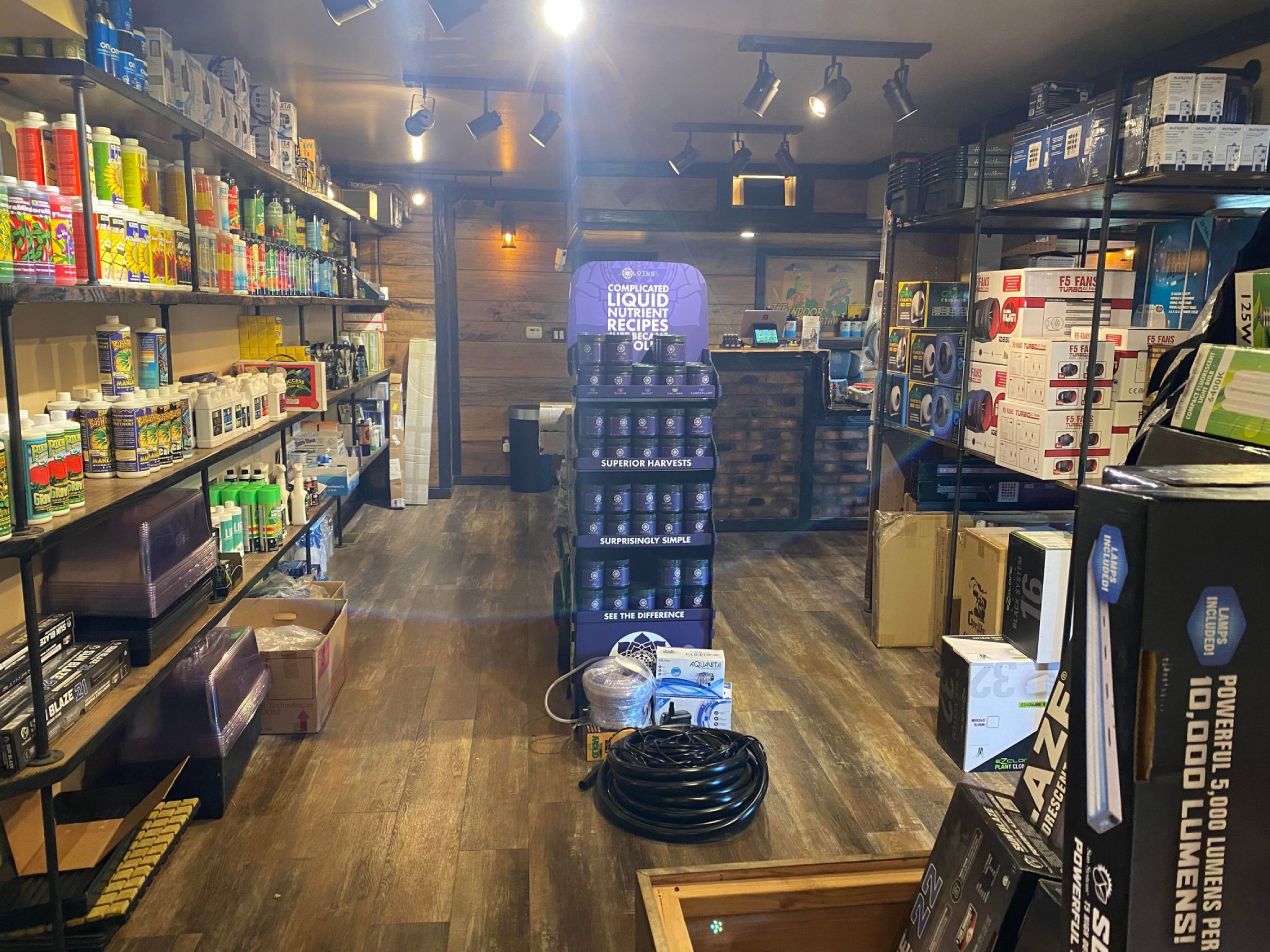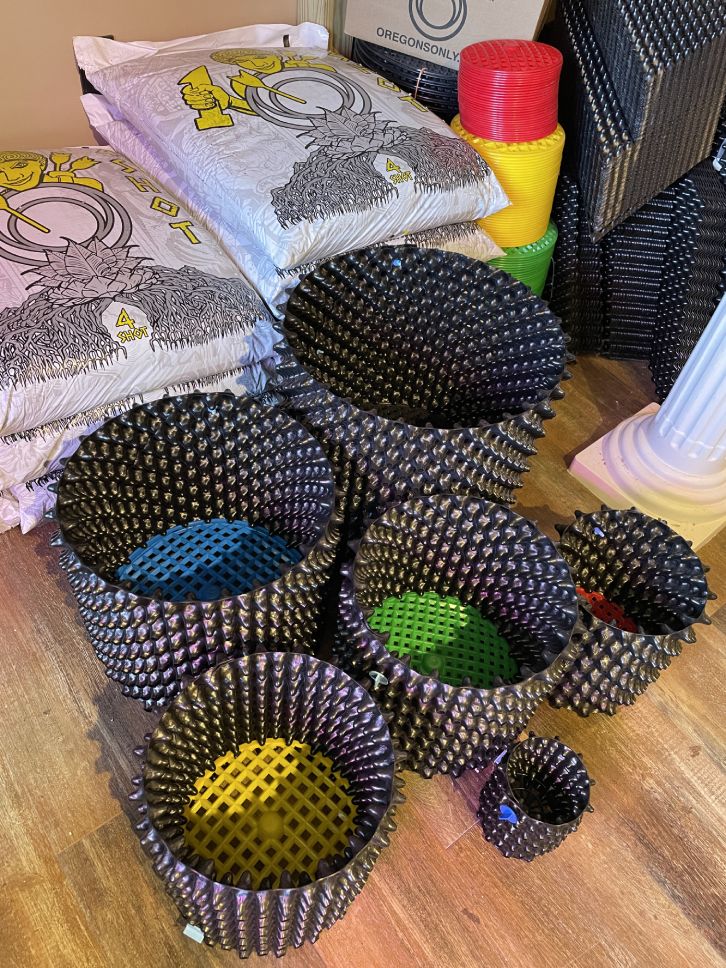Discover the Ultimate Growing Strategy: The Indoor Earthworm Approach
Unlocking the Possible of Hydroponics: Recognizing Its Makes Use Of and Various Types
Hydroponics, an approach of cultivating plants without soil, has actually gathered enhancing interest for its prospective to change farming and horticulture methods. The precision control over nutrient shipment, water usage, and ecological factors supplies a glance right into a future where food manufacturing can be maximized in different settings. As we navigate via the detailed landscape of hydroponic systems and techniques, it comes to be obvious that each method holds unique advantages and restrictions. By untangling the varied usages and sorts of hydroponics, we can uncover a world of possibilities that might improve how we envision lasting farming and gardening techniques.
Benefits of Hydroponic Solutions

An additional advantage of hydroponic systems is the capability to grow plants in a smaller sized space. Hydroponic systems minimize the threat of soil-borne conditions and parasites, as there is no soil to nurture these threats.
Usual Makes Use Of in Agriculture

Given the effective water preservation and space-saving advantages of hydroponic systems, it appears that these innovative farming techniques have located usual uses in numerous fields of farming. In conventional farming, soil-based farming can be labor-intensive and land-consuming. Hydroponics supplies a remedy by permitting plants to be expanded without soil, decreasing water usage by as much as 90% compared to conventional farming techniques. This makes hydroponics especially ideal for regions dealing with water shortage or minimal cultivable land. The regulated atmosphere of hydroponic systems enables year-round cultivation, providing a constant supply of fresh fruit and vegetables no matter of outside climate problems.
Hydroponics is frequently used for growing a selection of crops, consisting of leafed greens, tomatoes, cucumbers, peppers, natural herbs, and strawberries. Its convenience reaches upright farming, metropolitan farming, and greenhouse production. In addition, hydroponic systems are used in study and academic settings to research plant nutrition, development, and farming strategies. The versatility and effectiveness of hydroponics make it an important tool in modern-day farming, addressing the challenges of sustainability, food safety and security, and source optimization.
Checking Out Different Hydroponic Strategies
Hydroponic systems supply a range of approaches that cater to different plant kinds and farming goals. In addition, the Ebb and Flow system, likewise known as the Flooding and Drain system, periodically floods the plant roots with nutrient solution, allowing for oxygenation during draining periods. Each of these techniques showcases the versatility and effectiveness of hydroponic systems in improving plant growth and return.
Contrasting Numerous Hydroponic Solutions
Exploring the effectiveness and yield improvement strategies in hydroponics leads us to contrast numerous hydroponic systems offered for plant farming. Each hydroponic system has its distinct features, benefits, and constraints, making it crucial for growers to select one of the most useful content ideal system based on their particular needs and constraints.
Among one of the most common hydroponic systems is the nutrient film technique (NFT), where a slim movie of nutrient service constantly flows over the plant origins. This system is treasured for its water performance and suitability for growing leafed environment-friendlies and herbs. On the other hand, the deep water society (DWC) system immerses plant origins directly into the nutrient service, providing adequate oxygen and nutrients. The DWC system is relatively basic and affordable, making it a prominent choice for novices.
An additional popular hydroponic system is the ebb and flow (or flooding and drainpipe) system, which regularly floodings the plant origins with nutrient remedy prior to draining it. This cyclic process makes sure proper aeration for the roots while providing nutrients efficiently. Additionally, the aeroponic system puts on hold plant roots airborne and hazes them with a nutrient option, promoting fast development and high oxygenation levels. Growers looking for a flexible system that decreases water use often go with aeroponics. By understanding the differences in between these hydroponic systems, farmers can make enlightened choices to make best use of plant yield and quality.
Technologies in Hydroponic Technology
One get redirected here essential technology is the advancement of smart hydroponic systems that make use of sensing units and automation to check and adjust environmental conditions such as pH levels, nutrient concentrations, and light direct exposure in real-time. These systems enable accurate control over growing conditions, leading to optimum plant development and greater crop returns.
Another remarkable innovation is the assimilation of vertical farming methods with hydroponic systems, enabling the cultivation of plants in stacked layers. This upright method takes full advantage of area usage, making it suitable for urban atmospheres where land accessibility is limited - The Indoor Earthworm. In addition, making use of innovative LED illumination systems customized to certain plant needs has enhanced power performance and improved growth prices in hydroponic setups
Innovations like these are driving the advancement of hydroponics, making it a extremely attractive and sustainable alternative for modern agriculture.
Verdict
To conclude, hydroponics supplies many advantages in farming and has numerous techniques and systems that can be utilized to optimize its capacity. Developments in hydroponic innovation remain to boost efficiency and sustainability in food production. By recognizing the uses and different sorts of hydroponic systems, farmers and farmers can unlock the full possibility of this cutting-edge method of expanding plants without soil.
Additionally, hydroponic systems permit for better control over nutrient levels, pH balance, and ecological conditions, leading to much healthier plants and higher yields.
